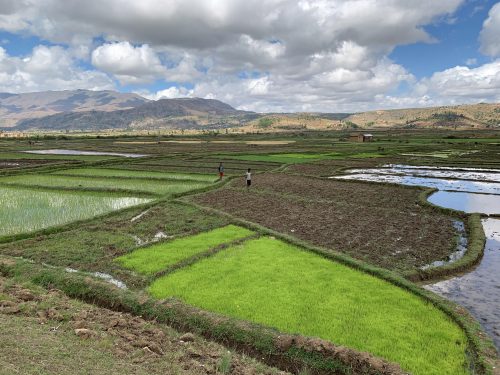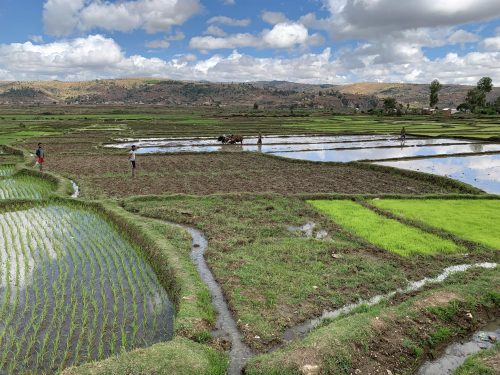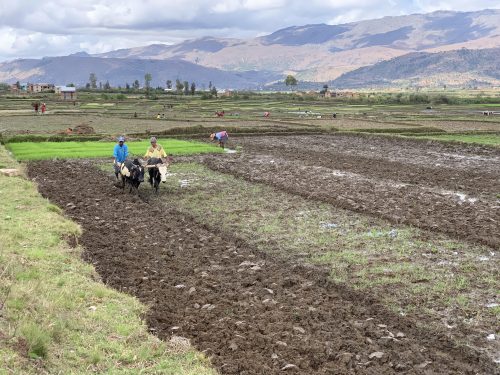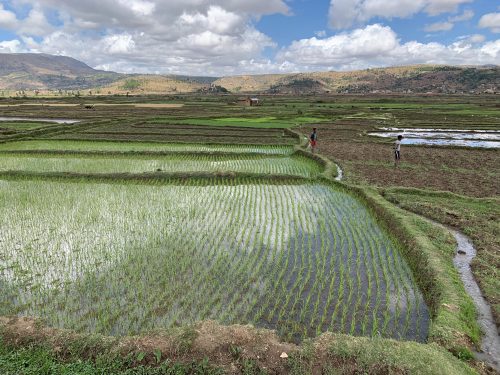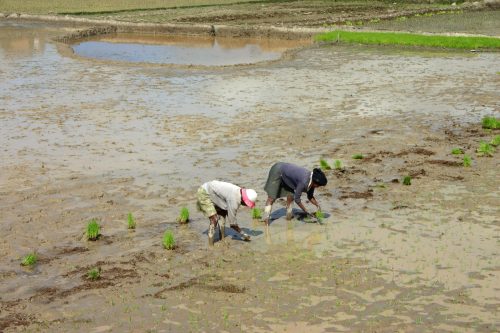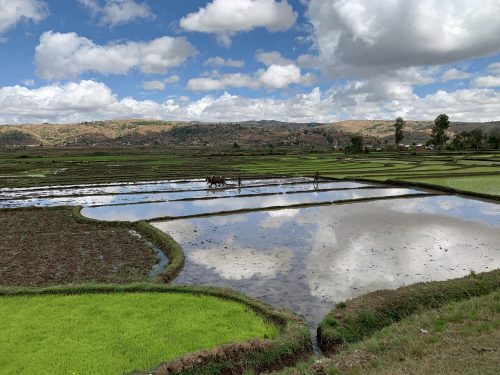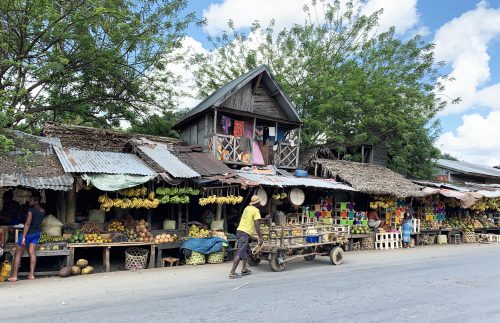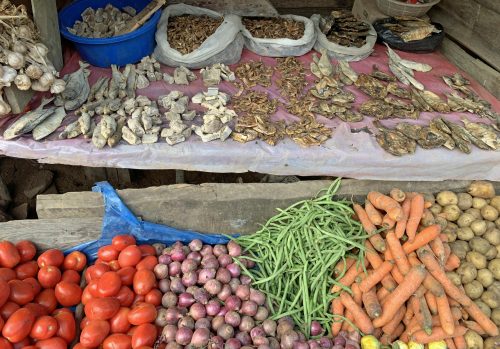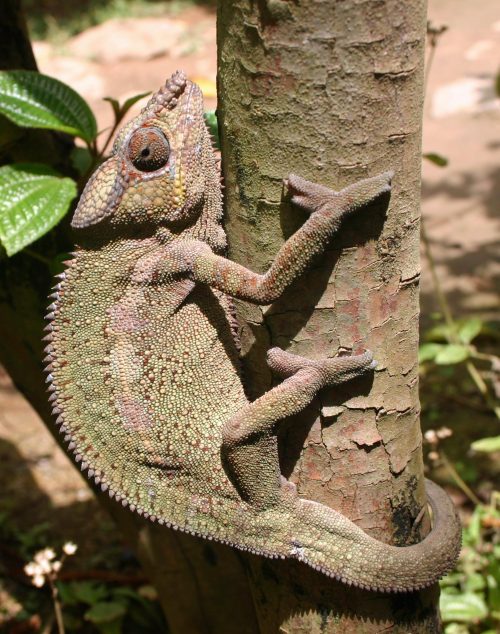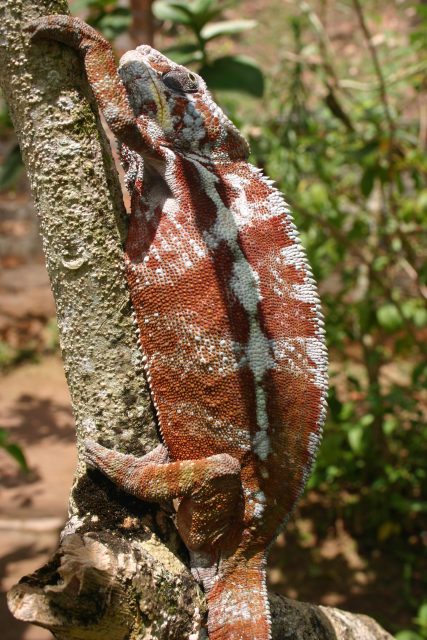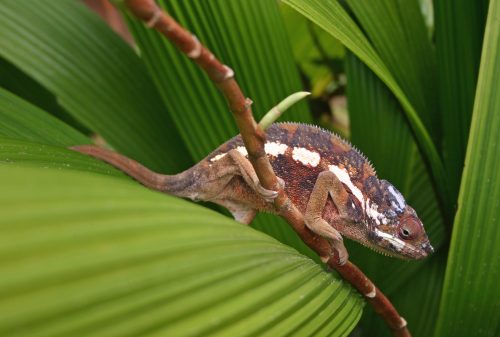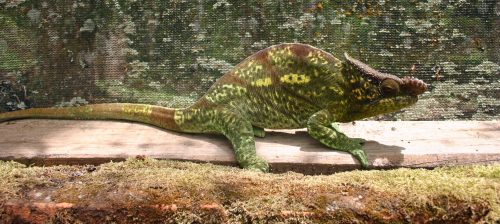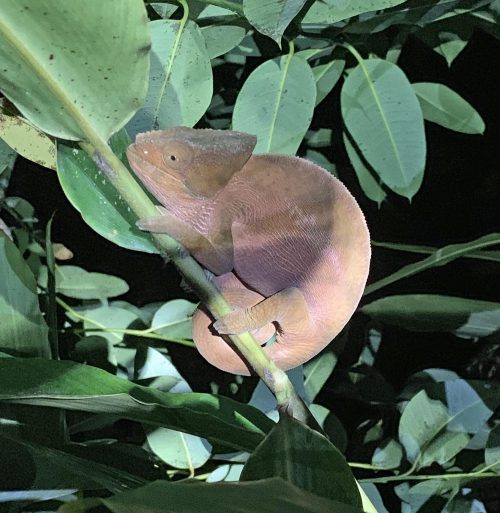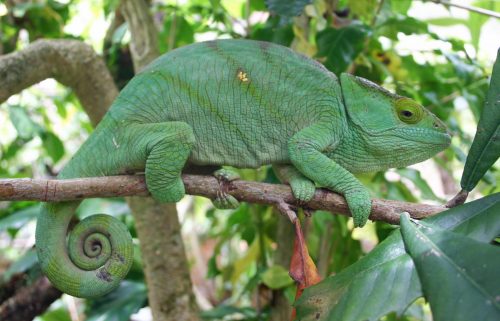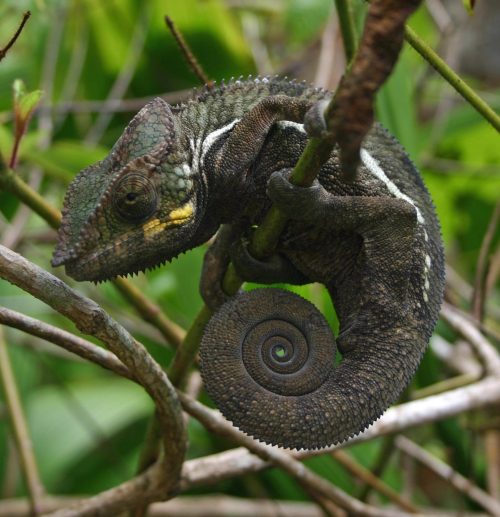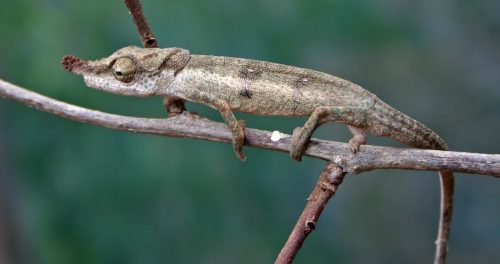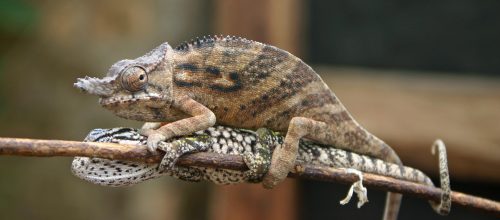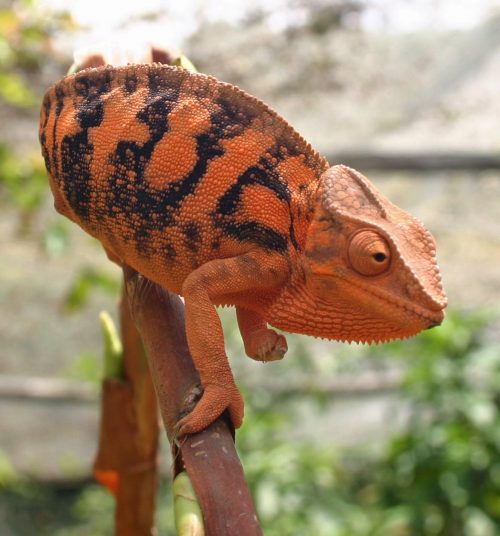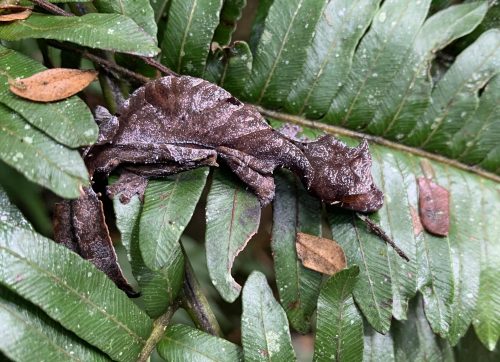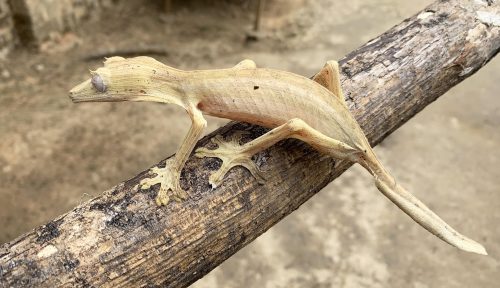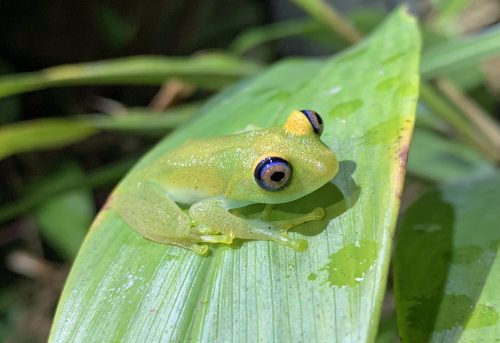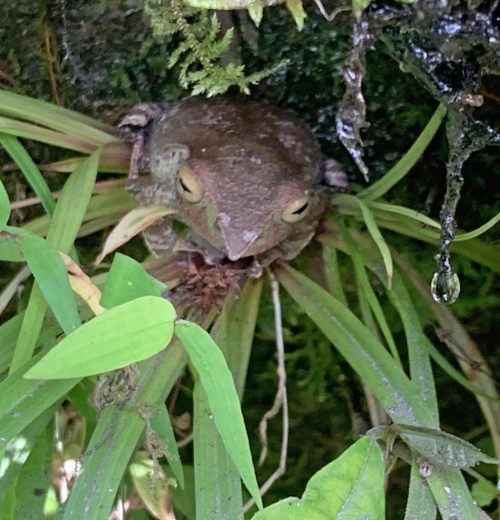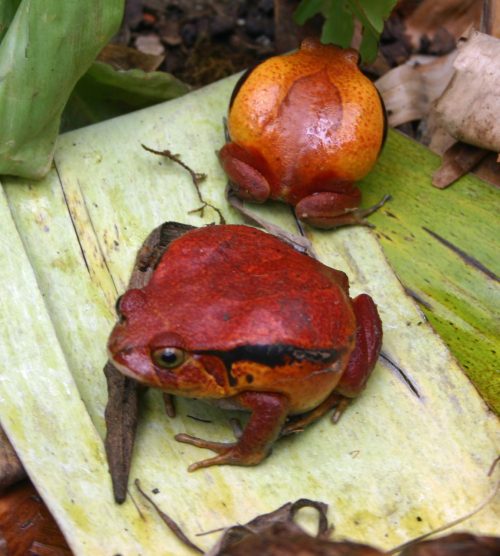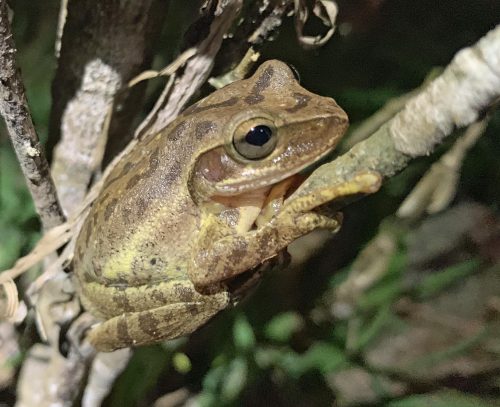Well, readers, you may wonder why I have not yet mentioned Madagascar’s crown jewels: the lemurs. That is because I have been saving the best for last.
Scientists do not agree on how many lemur species there are, because it depends on which type of classification you use. However, they do agree that there are numerous (in the area of 100 according to Wikipedia) lemur species, and more keep being discovered. Some of them are recently extinct, and most of the living species are threatened by extinction.
Lemurs are primates but like none other in any part of the world. They have evolved separately over the millennia with no competition from the more intelligent primates like chimpanzees, and no serious threats from large predators. So they are a peaceful, mostly tree-living bunch with a very high cute factor. Here is a black and white ruffed lemur chilling out at our lodge:

Here is another one posing under more natural circumstances:

The red crowned lemur is not particularly shy of humans: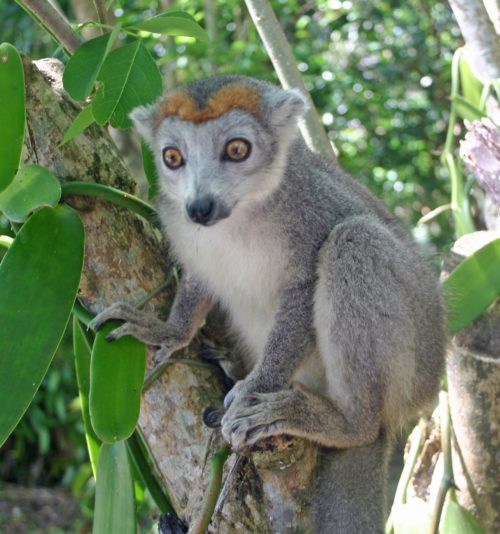
Neither is the red ruffed lemur:
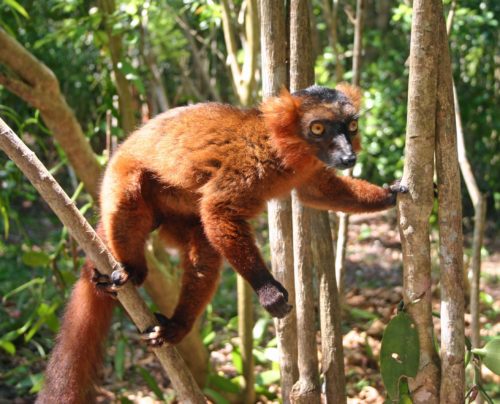
The black lemur has striking green eyes and red lips. So does its pup:
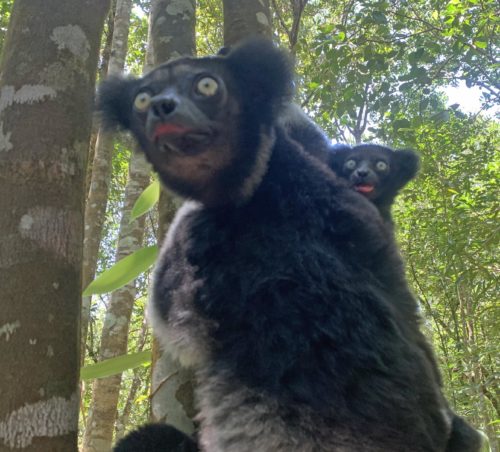
This brown lemur also has a pup. The brown lemur grunts like a pig:
The Eastern bamboo lemur, also known as grey bamboo lemur, is active during the day:
The ring-tailed lemur’s most striking attribute is its beautifully long and stripy tail:
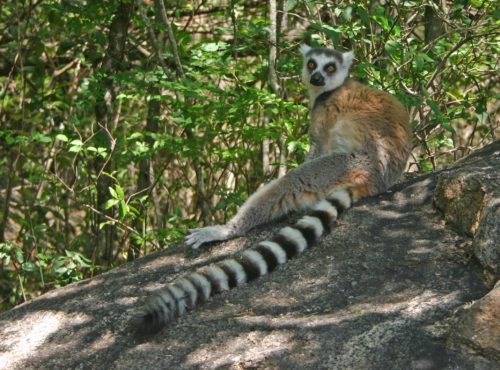
Here it is eating soil to get at nutritional minerals: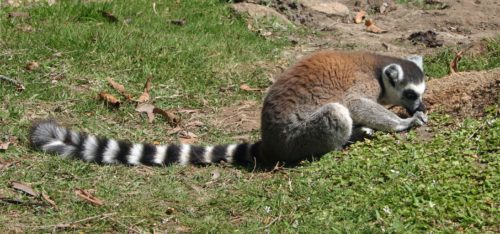
The indri is the largest of the lemurs:
As if size isn’t enough, the indri makes an incredibly loud, piercing noise that can be heard several kilometres away. It is almost deafening when you are standing right underneath. It is not an alarm call but rather a “Hey guys, what’s up?” call. Don’t forget to turn on the sound when you watch the video:
Lemurs are agile on both the ground and in the trees. The diademed sifaka swings with ease from branch to branch in the trees and also leaps well on the ground. The russet coloured individual on the ground is a red ruffed lemur while the tiny lemur is a bamboo lemur:
A gremlin in the night
There is one species of lemur that is not cute and cuddly or even anything approaching attractive. In fact, it is downright weird-looking. With its gremlin-like appearance it is something only a mother could love. It is the nocturnal aye-aye, in a lemur family all by itself.
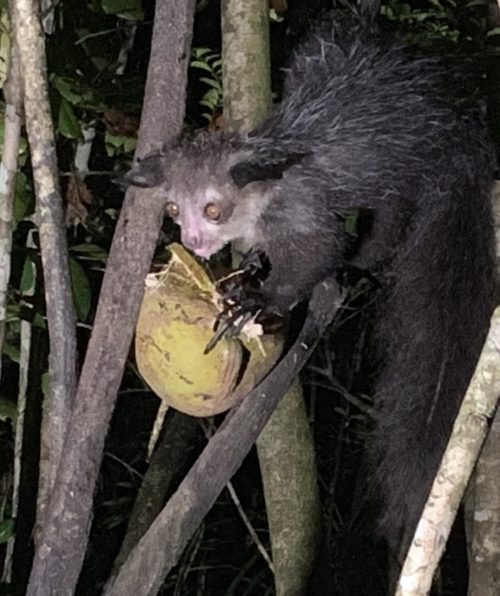

Its coarse and scraggly fur coat looks like it has been dried at too high a temperature. It has bulging eyes, porcine nostrils, floppy ears and long, continuously growing incisors. Weirdest of all are its hands with the witch-like long and bony fingers. The middle finger is particularly long and is used to dig out larvae from dead wood.
Have a look at an aye-aye eating a fruit in the video:
The International Union for Conservation of Nature (IUCN) considers lemurs to be the world’s most endangered mammals. They are threatened by deforestation and hunting. The fear is that 90 percent of all lemur species will face extinction within the next 20 years. Before we humans came along and converted the forests to rice paddies and grasslands, lemurs were found all over the island. Now they are restricted to approximately 10 percent of the island’s area – and they are found in the wild nowhere else in the world.
Knowing that lemurs and other Malagasy endemic species can disappear in my lifetime prompted me to put Madagascar at the top of my bucket list. Now at least I have seen these wonderful animals but my hope is that coming generations will also have the opportunity.



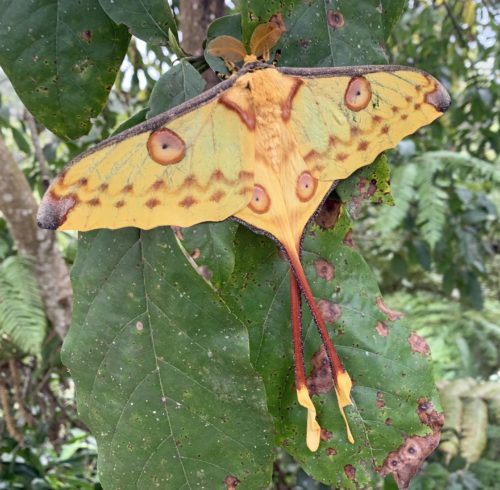


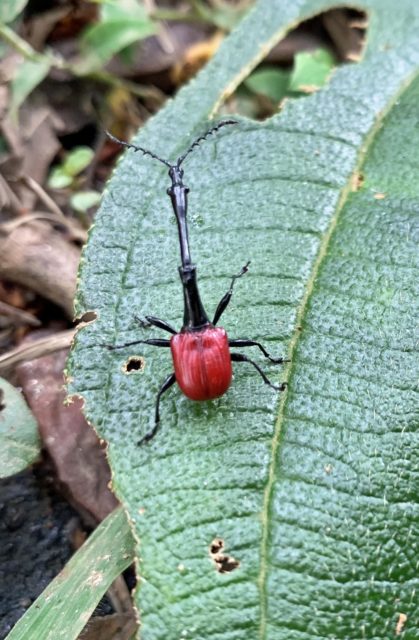
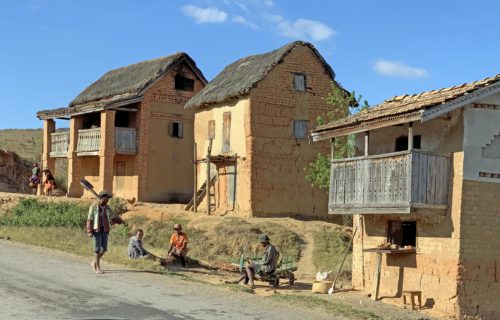

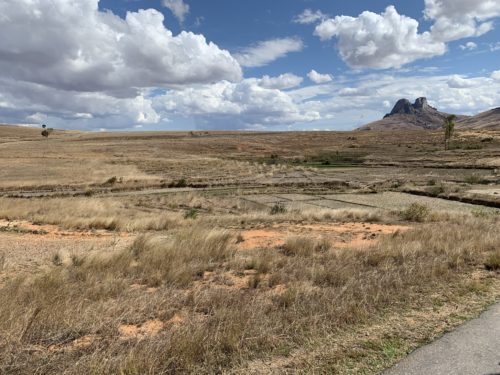

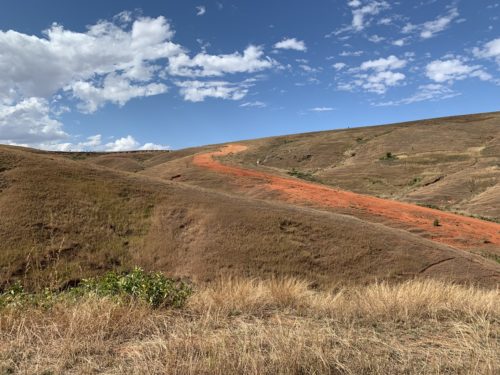

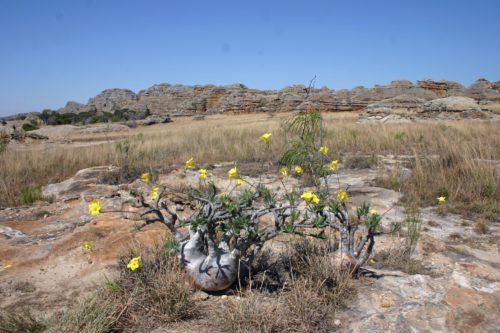
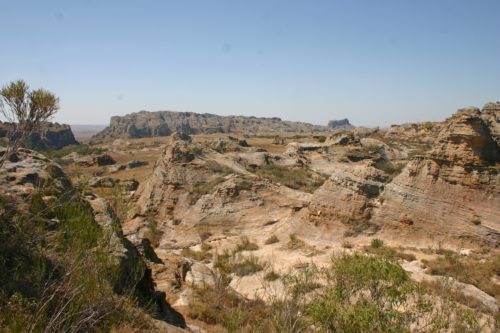
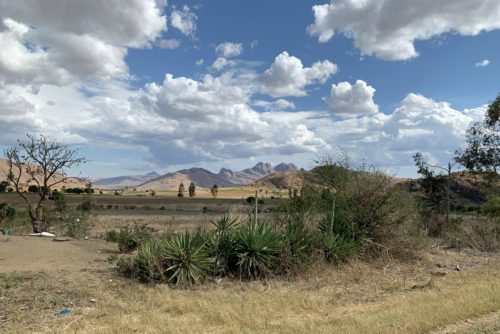
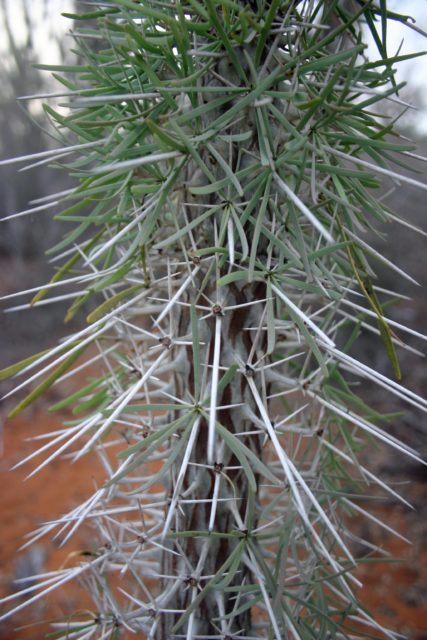

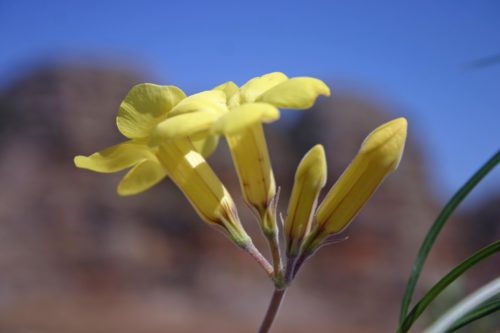
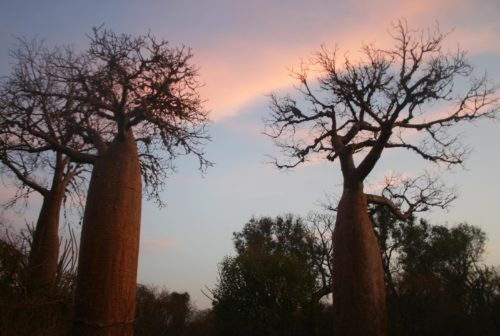
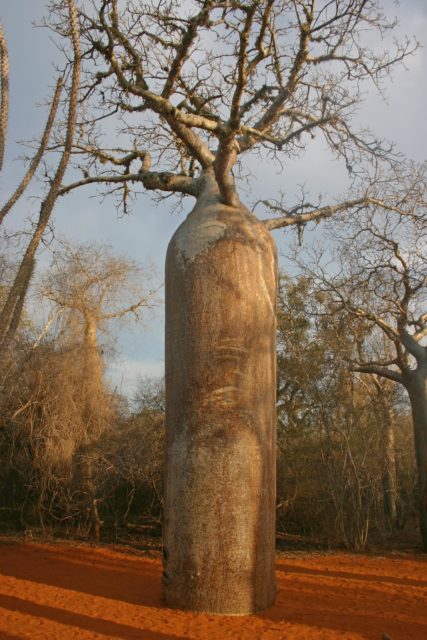
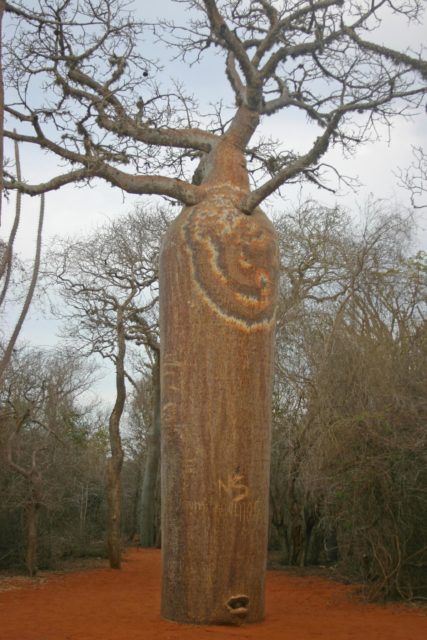


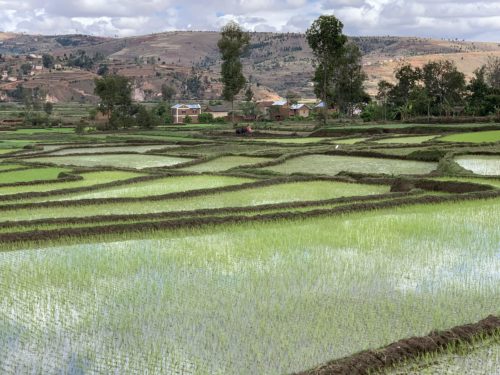

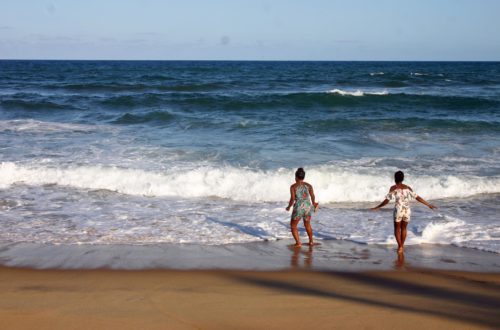
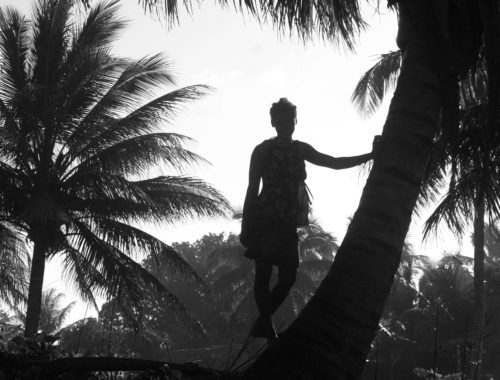
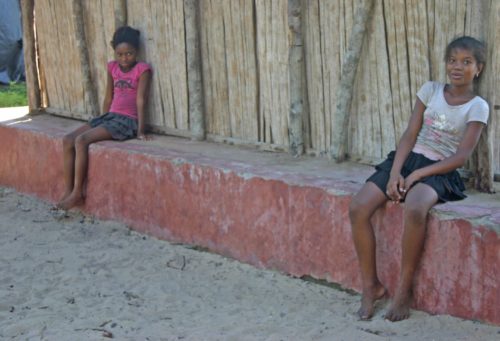

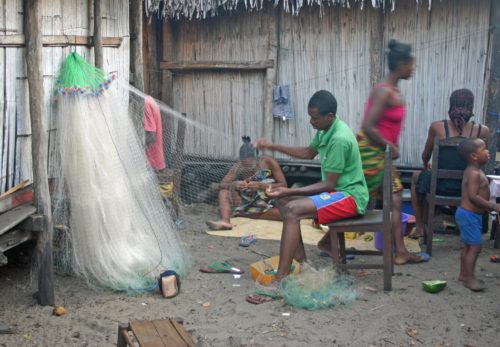
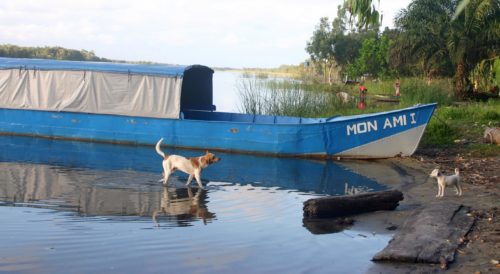


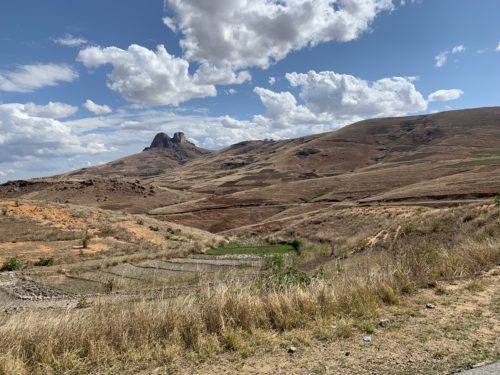

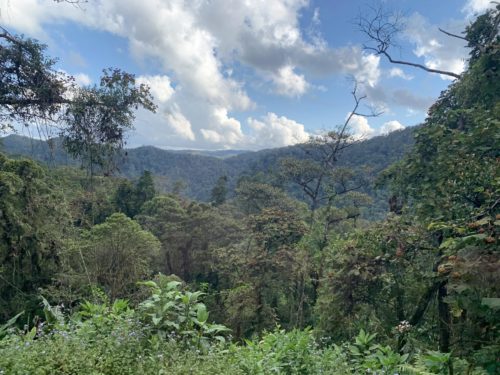
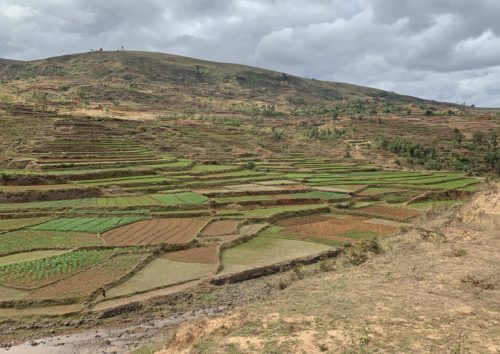
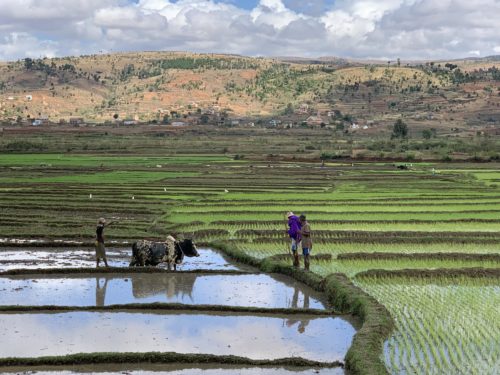
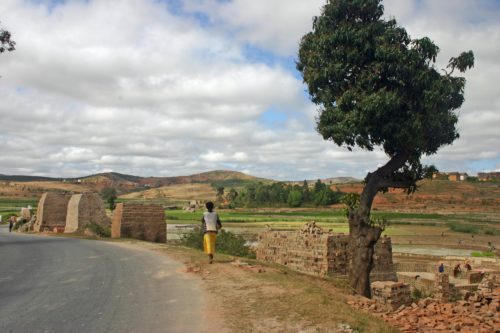
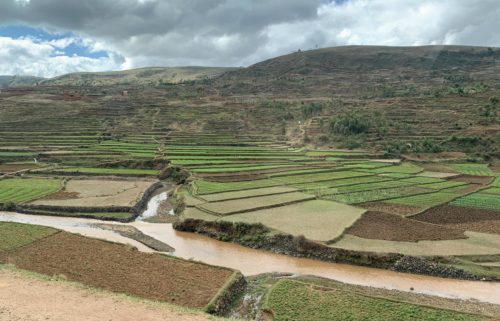
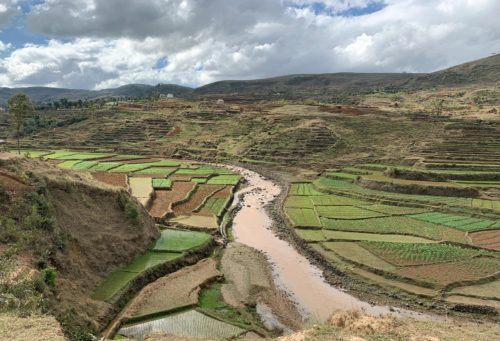



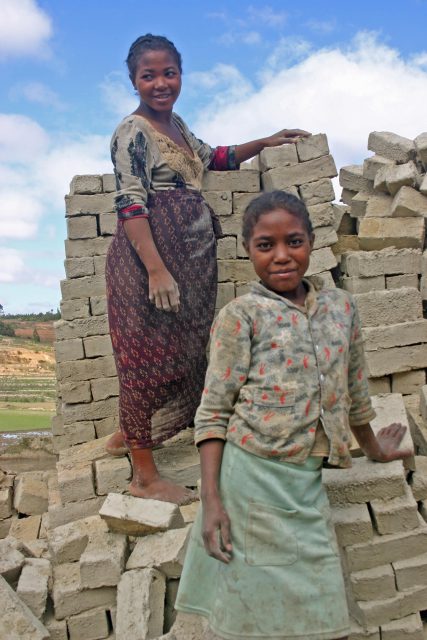
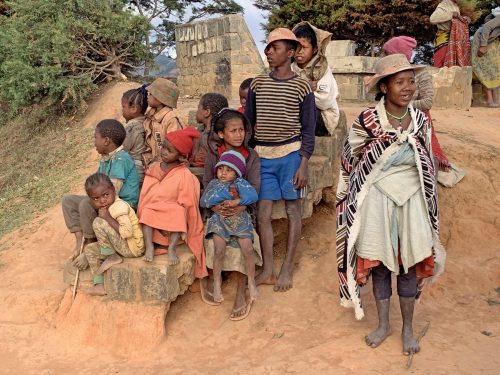
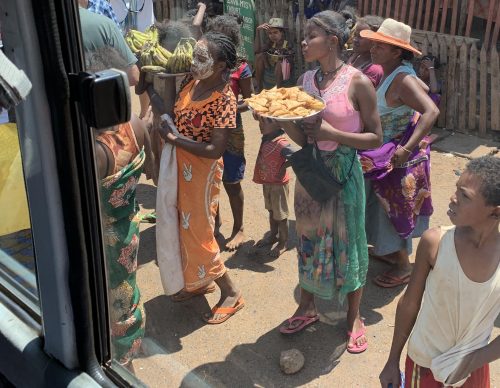

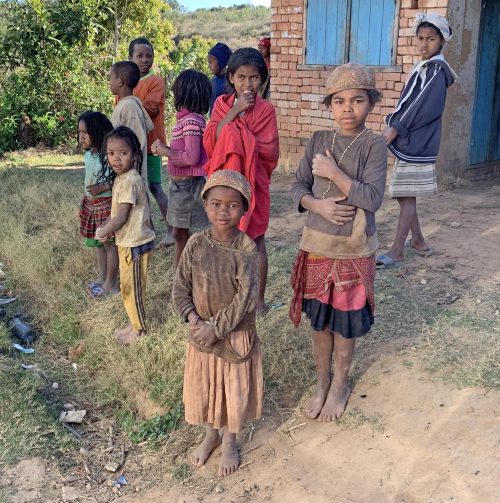
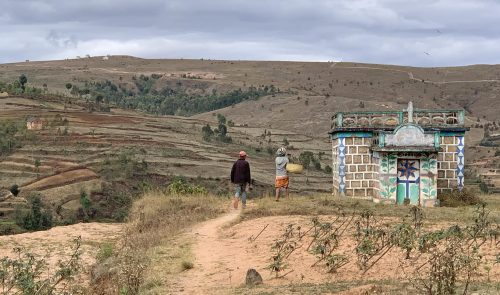

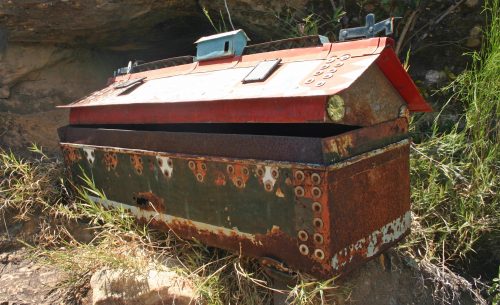

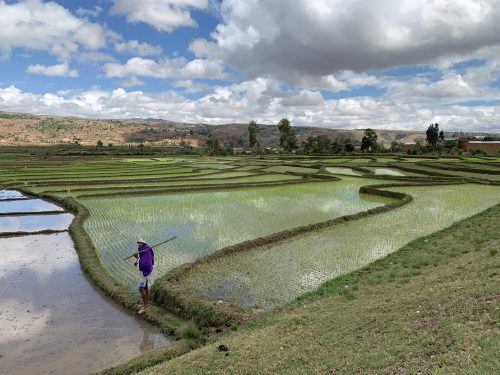 Although Madagascar is a poor country, acquiring food does not seem to be a problem. Well-tended fields are ubiquitous. Farmers, male and female, young and old, toil in the fields, turning the heavy soil with the aid of ox-pulled ploughs, planting rice by hand in the flooded fields, digging irrigation canals, and tending the cattle that graze on the narrow strips of grass between the fields.
Although Madagascar is a poor country, acquiring food does not seem to be a problem. Well-tended fields are ubiquitous. Farmers, male and female, young and old, toil in the fields, turning the heavy soil with the aid of ox-pulled ploughs, planting rice by hand in the flooded fields, digging irrigation canals, and tending the cattle that graze on the narrow strips of grass between the fields.